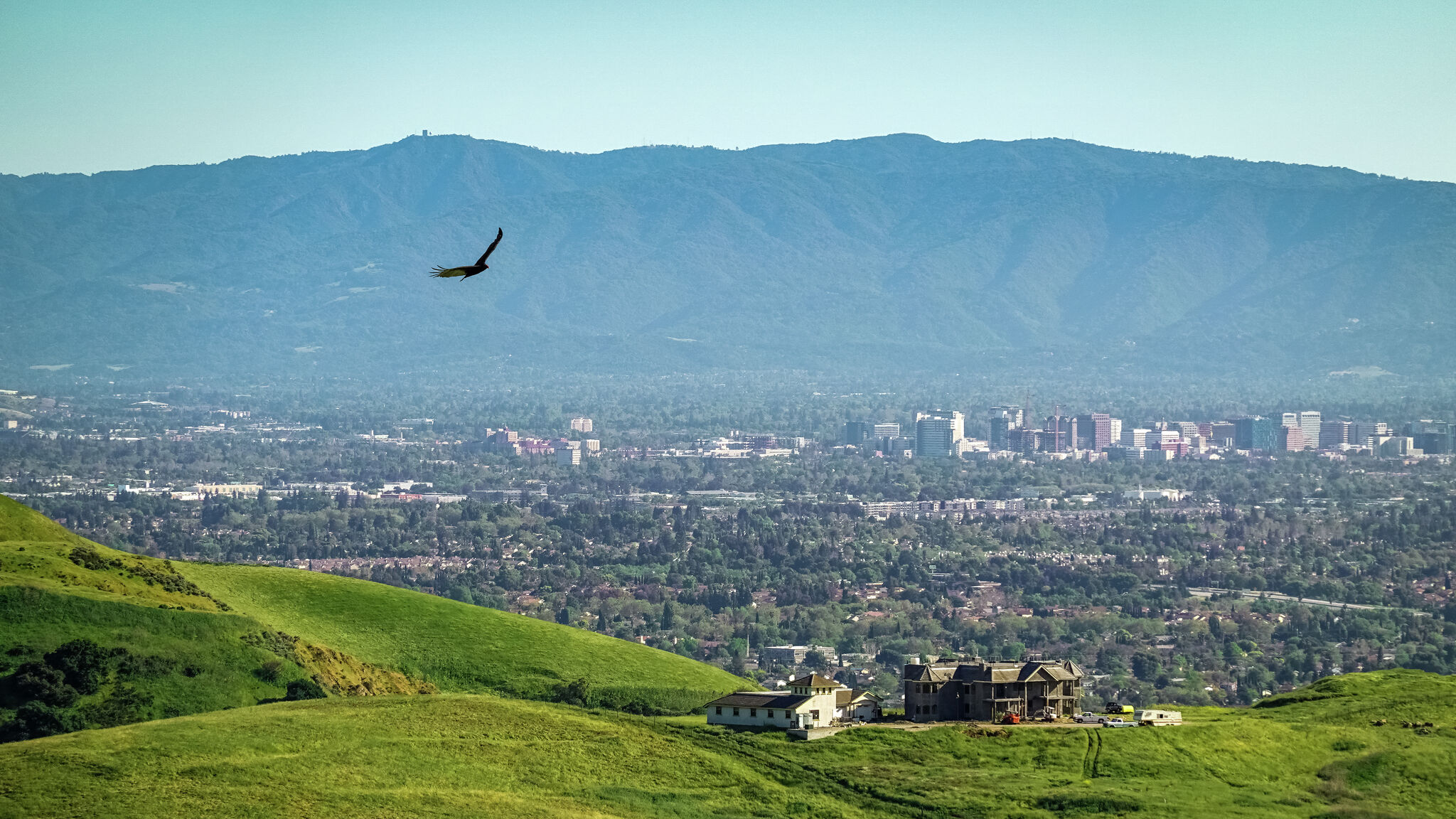Officials are urging people to heed caution after an invasive species of “aggressive, day-biting” mosquitoes have continued to spread in the Bay Area.
Spanning no longer than a quarter of an inch and distinguished by the white markings on their legs, Aedes aegypti mosquitoes are capable of spreading diseases to people like yellow fever, chikungunya and Zika. Such diseases pose an increasing risk as the insects lay their eggs in flower pots and pet bowls and their populations continue to grow. The species of mosquito has turned up in at least 27 counties across California over the past decade, and the warming climate may be making it easier for them to expand.
Earlier this month, the mosquitoes appeared in Antioch for the second time since they were initially spotted there last year; the insects first emerged in Contra Costa County when they showed up in Martinez in 2022. On Friday, the Santa Clara County Mosquito and Vector Control District reported the “dangerous” mosquitoes had been detected in a new area of San Jose: near the intersection of S. 12th and Martha streets across from Kelley Park.
“This new detection means these mosquitoes are spreading into more neighborhoods and are growing in numbers,” a statement from the agency read.
The news follows sightings of the mosquitoes near Hayes and Pruneridge avenues in Santa Clara earlier this month, as well as detections reported in late September near Bayard Drive and McLaughlin Avenue in east San Jose. Also last month, the presence of the mosquitoes was confirmed near Foxworthy and Meridian Avenue in South Central San Jose, and near Amethyst and Chromite Drives in Santa Clara.
The district has previously conducted mosquito spraying treatments of impacted neighborhoods in a bid to reduce their populations, but warned that such efforts can only go so far because the insects’ eggs can still survive. Experts encouraged people living in affected neighborhoods to dump any standing water in their yard and scrub out containers after this weekend’s rainfall. People should also report sightings — and bites — by calling 408-918-4770 or emailing [email protected].
“Every year around this time, there tend to be a few new detections since the populations peak around September,” Chris Barker, a UC Davis professor and director of the Pacific Southwest Center of Excellence in Vector-Borne Diseases, told SFGATE earlier this month. “Now we’re heading into the cooler part of the year when the populations will become lower — so we’ll wait again until next year to see what happens and whether they establish in a new area.”
SFGATE science and climate reporter Anna Fitzgerald-Guth contributed to this report.
First Appeared on
Source link












